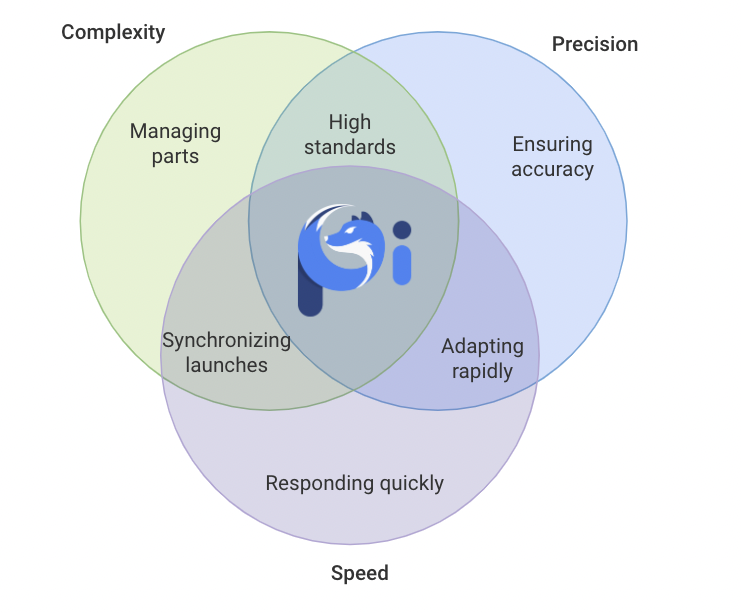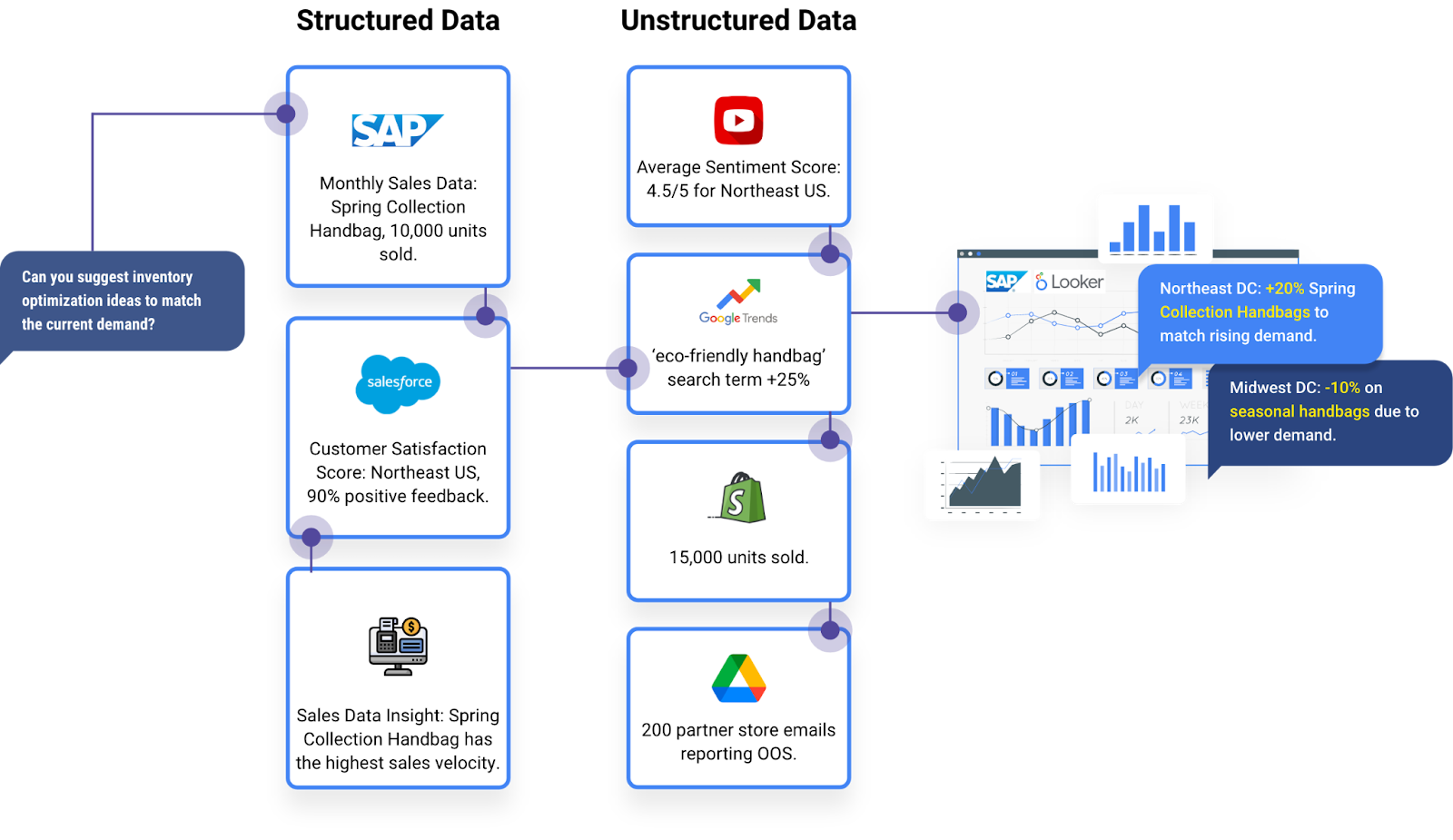
Transform Your Supply Chain Planning and Marketing Strategies with Google Cloud and SAP Integration

Transform Your Supply Chain Planning and Marketing Strategies with Google Cloud and SAP Integration
July 2, 2024 | Manju Devadas
Blog / Pluto7 Launches Pi Agent, an Intelligent Assistant for Supply Chain Planning on Google Cloud with Planning in a Box
Pluto7, a leader in AI-driven decision intelligence platforms, announces the launch of Pi Agent, an intelligent AI assistant designed to revolutionize supply chain planning through its platform, Planning in a Box.
The role of demand planning is shifting from being creators of forecasts to orchestrators of information.[1] With increasing levels of planning decision automation, the process is becoming more decision-centric, paving the way for continuous planning and execution.
Pluto7’s Planning Intelligence (Pi) Agent is the constant in this dynamic environment, much like the mathematical constant π in the formula A=πr2, where A signifies business impact and value, and r represents the size of the company.
Whether a company is large or small or whether its operations are simple or complex, Pi Agent continuously optimizes and adapts. It works tirelessly to address supply-demand imbalances, ensuring that the business impact (A) is maximized.
Pi Agent remains the unchanging element that drives value and impact, consistently adapting to varying complexities and demands. Just as π is crucial in calculating the area of a circle, Pi Agent is essential in optimizing the supply chain. It continuously processes and integrates data from multiple sources, analyzes it in real-time, and provides actionable insights. This perpetual optimization helps businesses maintain a balanced supply-demand equation, thus maximizing their operational efficiency and business value.
Powered by Google Cloud Enterprise AI, Google Cloud Cortex Framework, and Gemini, Pi Agent centralizes data from major ERP sources using Google Cortex Framework (E.g., SAP, Oracle, Netsuite, Salesforce, Google Ad Tech) and unstructured data (E.g., Images, PDF, and Videos) using Google Document Understanding. This results in faster time to insight and makes high-quality actionable data accessible to everyone, facilitating quicker and better-informed decision-making across the organization.

Solving Complexity: Pi Agent simplifies complex supply chain networks by centralizing data from various sources, such as ERP systems and unstructured data repositories, into one central hub. This centralization enables seamless data integration and accessibility, allowing businesses to make informed decisions with a complete picture of their supply chain operations.
Enhancing Speed: Pi Agent provides real-time analytics and instant responses to queries. For instance, a demand planner can ask, “Hey Pi Agent, what is the current risk of inventory stockout for our top-selling product?” and receive an immediate, detailed response, complete with dynamic dashboards and suggested action points. This drastically reduces the time taken in supply chain decision-making.
Ensuring Precision: Pi Agent is capable of analyzing vast amounts of data to provide precise recommendations and insights. For example, a manufacturing manager can ask, “Hey Pi Agent, is there any risk of equipment failure in the next 10 days?” Pi Agent can analyze machine performance data, maintenance records, and sensor readings to predict potential failures and suggest preemptive maintenance actions. This ensures higher operational efficiency and prevents costly downtimes.

Getting Started: Pi Agent is delivered through Pluto7’s comprehensive 7-step process for deploying platforms and is available through a monthly subscription in your Google Cloud Tenant. This streamlined implementation process ensures enterprises can quickly benefit from enhanced decision-making and supply chain optimization.
Join us for a workshop to see Pi Agent in action. You’ll learn how it works and how it can transform the way your supply chain team operates.
Planning Intelligence (Pi) Agent stands at the forefront of intelligent decision-making, offering a seamless and efficient way to manage and optimize supply chains and manufacturing processes.
ABOUT THE AUTHOR